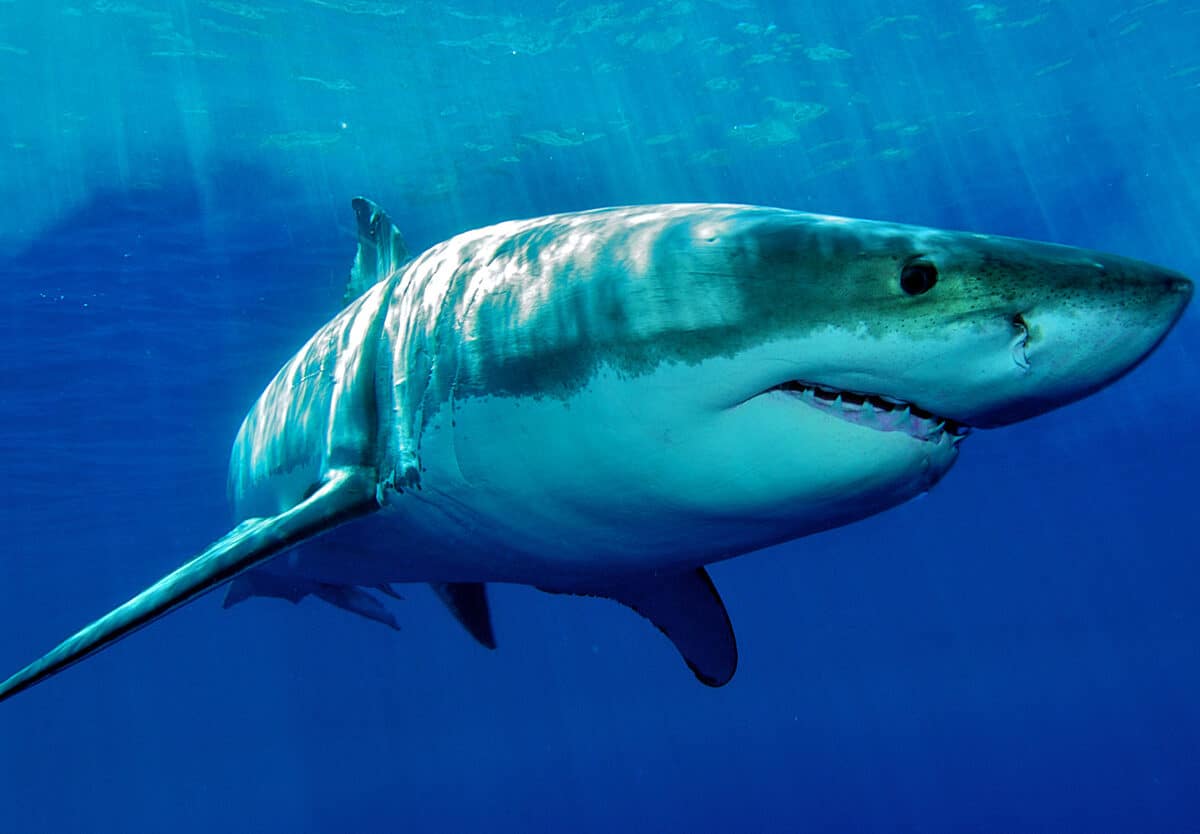
Ever wondered about the colossal creatures that once roamed our oceans? Well, strap in because we're diving deep into the world of the mighty Megalodon! These ancient sharks were the real titans of the deep, making modern great whites look like minnows in comparison. Megalodon facts are not just intriguing; they're downright mind-blowing. From their jaw-dropping size to their mysterious disappearance, there's so much to uncover about these fascinating beasts. Kids, in particular, find these prehistoric predators absolutely captivating. Why did they grow so big? What did they eat? How did they vanish from our oceans? Get ready to satisfy your curiosity as we unveil 12 Megalodon facts that are sure to amaze not just the young ones but anyone with a thirst for adventure and a love for the mysteries of the deep blue sea.
Key Takeaways:
- Megalodon was a massive shark that ruled the ancient seas, with teeth over 7 inches long and a bite force strong enough to snap a whale's backbone!
- Despite its extinction, Megalodon continues to capture imaginations and inspire interest in marine biology and paleontology through movies, books, and educational programs.
What Was the Megalodon?
Megalodon, meaning "big tooth," was a massive shark that roamed the oceans. This prehistoric predator is known for its incredible size and powerful jaws. Unlike the sharks we see today, Megalodon was the apex predator of its time, ruling the seas.
-
Megalodon could grow up to 60 feet long, three times the length of a large great white shark. Its size made it one of the largest predators in marine history.
-
The teeth of a Megalodon were over 7 inches long, perfect for grasping and tearing its prey. These teeth were not only large but also incredibly sharp.
Megalodon's Diet and Hunting
With such an imposing size, Megalodon had a diet that matched its stature. It primarily fed on large marine mammals and possibly even other sharks.
-
Megalodon's favorite meals included whales, dolphins, and sea turtles. Its powerful bite could easily crush the bones of its prey.
-
Scientists estimate that Megalodon had the strongest bite force of any animal, reaching up to 41,000 pounds per square inch. That's enough power to snap a whale's backbone!
How Do We Know About Megalodon?
Fossils and scientific studies have provided us with a glimpse into the life of this ancient shark. Megalodon's existence is pieced together through various types of evidence.
-
Most of what we know about Megalodon comes from its teeth. Shark skeletons are made of cartilage, which doesn't fossilize well, but their teeth do.
-
Fossilized Megalodon teeth have been found all over the world, suggesting that these sharks lived in a wide range of marine environments.
Megalodon's Extinction
The exact reasons behind Megalodon's extinction remain a topic of debate among scientists. However, several theories have been proposed to explain this mystery.
-
Megalodon likely went extinct about 3.6 million years ago. Changes in climate and sea levels, along with competition for food, might have contributed to its demise.
-
As the ice ages began, Megalodon's preferred warm-water habitats may have disappeared, along with the large prey it needed to survive.
Megalodon in Popular Culture
Megalodon has captured the imagination of people around the world. Its massive size and fearsome reputation have made it a popular subject in movies, books, and documentaries.
-
Despite its extinction, Megalodon lives on in the world of entertainment. It's often depicted as an almost mythical creature, lurking in the depths of the ocean.
-
Educational programs and exhibits also feature Megalodon, helping to spark interest in marine biology and paleontology among children and adults alike.
Comparing Megalodon to Modern Sharks
While Megalodon was undoubtedly the king of the ancient seas, how does it stack up against today's sharks?
-
The great white shark, one of today's largest predators, pales in comparison to Megalodon. Even the largest great white is only about one-third the size of a Megalodon.
-
Despite their size difference, Megalodon and great white sharks share similar body shapes and hunting strategies, suggesting they occupied similar ecological niches in their respective times.
A Final Splash into Megalodon Mysteries
We've dived deep into the ocean's depths to uncover secrets about the Megalodon, the colossal shark that once ruled the seas. From its jaw-dropping size to its powerful bite, these creatures have captured our imagination and sparked curiosity in kids and adults alike. Understanding these magnificent beasts helps us appreciate the rich tapestry of marine life that has existed on our planet. It's clear that the Megalodon holds a special place in the annals of natural history, serving as a reminder of the Earth's ever-changing biodiversity. So, next time you're near the ocean, remember the giants that once roamed its depths. Who knows what other secrets lie beneath the waves, waiting to be discovered? Keep that curiosity alive, for it's the key to unlocking the mysteries of our world.
Frequently Asked Questions
Was this page helpful?
Our commitment to delivering trustworthy and engaging content is at the heart of what we do. Each fact on our site is contributed by real users like you, bringing a wealth of diverse insights and information. To ensure the highest standards of accuracy and reliability, our dedicated editors meticulously review each submission. This process guarantees that the facts we share are not only fascinating but also credible. Trust in our commitment to quality and authenticity as you explore and learn with us.


